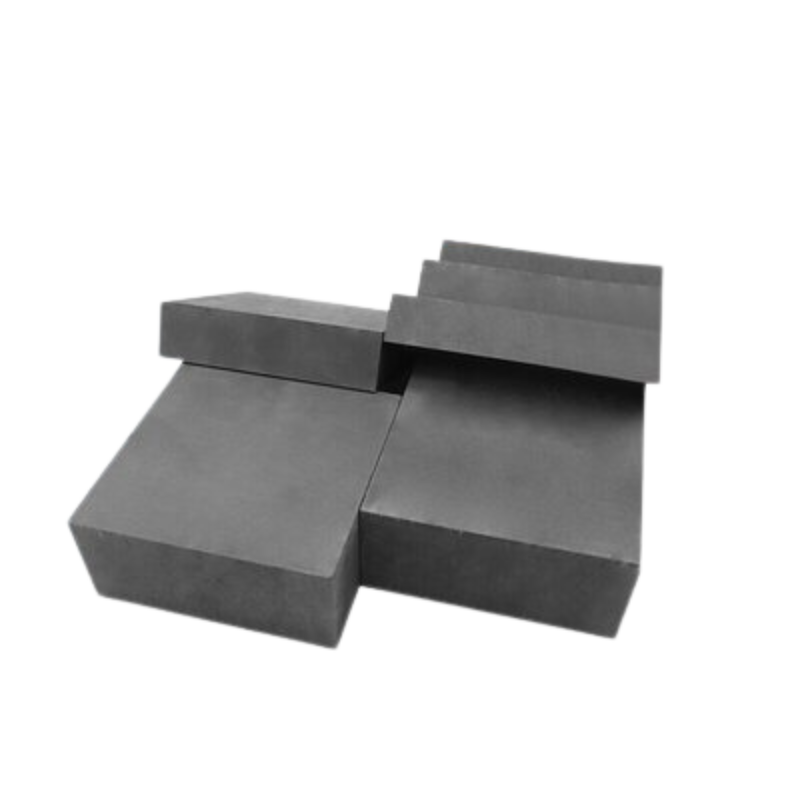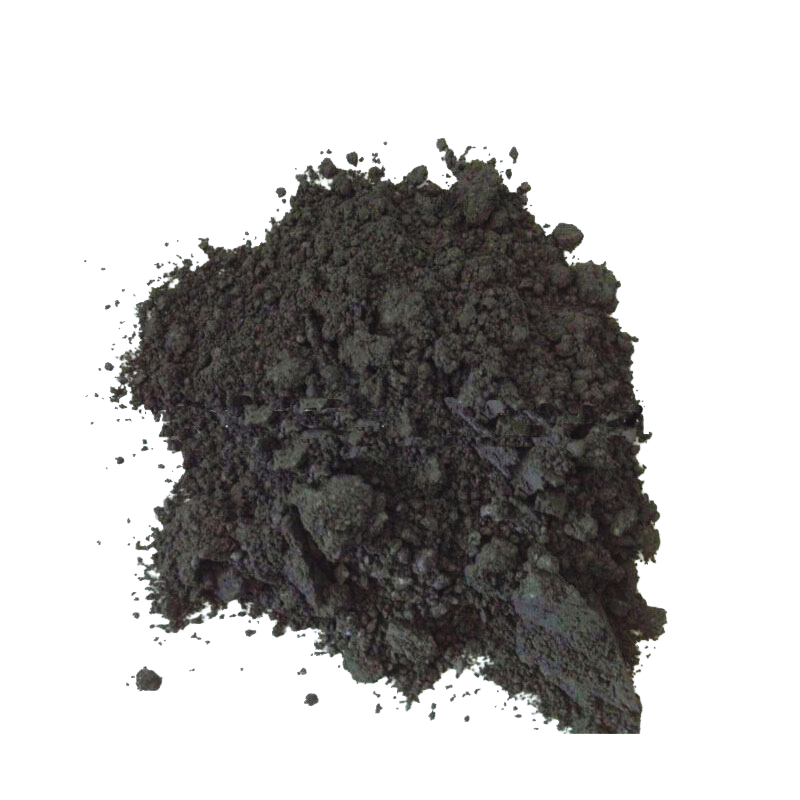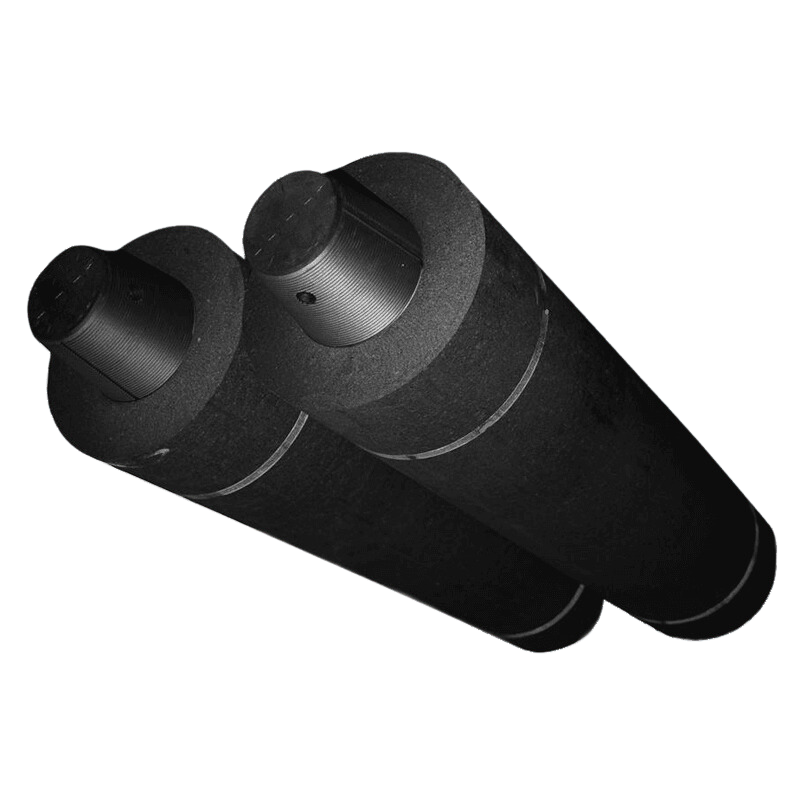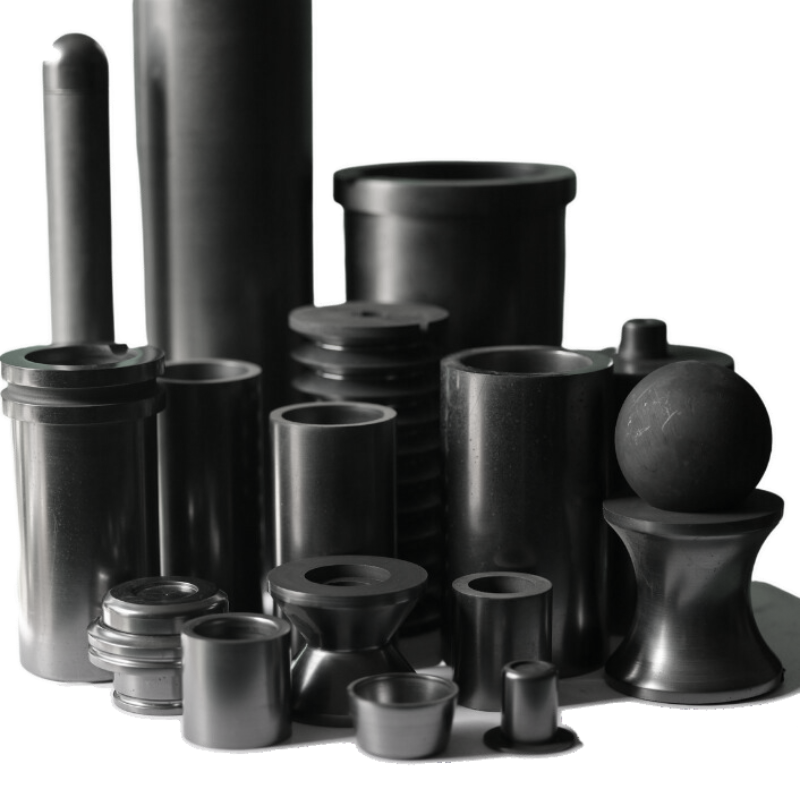Introduction:
In the realm of heat exchanger manufacturing, the choice of materials and the precision of the manufacturing process play pivotal roles in determining the efficiency and performance of the final product. Graphite molds have emerged as a critical component in the production of advanced heat exchangers, offering unparalleled advantages in terms of versatility, durability, and precision. In this article, we will delve into the significance of graphite molds in the context of advanced heat exchanger designs and explore how they contribute to elevating the efficiency of these crucial devices.
Graphite Molds: A Foundation for Precision
Graphite molds serve as the foundation for creating intricate and precise components of heat exchangers. The unique properties of graphite, such as its high melting point, thermal conductivity, and resistance to corrosion, make it an ideal material for molding intricate designs. The ability of graphite molds to withstand extreme temperatures allows manufacturers to produce heat exchanger components with intricate geometries, ensuring optimal thermal performance.
Versatility in Design:
One of the key advantages of using graphite molds in heat exchanger manufacturing is the versatility they offer in design. Graphite’s malleability allows for the creation of complex and intricate shapes, enabling manufacturers to design heat exchangers with enhanced efficiency. Whether it’s the intricate tubing in a compact heat exchanger or the complex fin structures in a high-performance unit, graphite molds provide the flexibility needed to achieve optimal designs.
Enhanced Thermal Conductivity:
Graphite’s exceptional thermal conductivity is a game-changer in the realm of heat exchanger design. The use of graphite molds ensures that the final components have consistent thermal conductivity properties, facilitating efficient heat transfer. This is particularly crucial in advanced heat exchanger designs where maximizing thermal efficiency is a primary objective. The uniformity achieved through graphite molding contributes significantly to the overall performance of the heat exchanger.
Durability and Longevity:
Graphite molds are renowned for their durability and longevity. Heat exchangers operating in demanding environments require components that can withstand the test of time and harsh conditions. Graphite molds not only facilitate the creation of robust components but also contribute to the longevity of the heat exchanger itself. Their resistance to corrosion and high-temperature stability ensure that the molded components maintain their structural integrity over extended periods of operation.
Precision in Mass Production:
In the context of mass production, precision becomes a critical factor in ensuring consistency across multiple units. Graphite molds, with their ability to reproduce intricate designs with high accuracy, play a pivotal role in achieving this level of precision. Whether it’s producing heat exchangers for industrial applications or meeting the demands of large-scale commercial projects, graphite molds streamline the manufacturing process and maintain a high standard of quality.
Cost-Efficiency and Sustainability:
Graphite molds contribute to cost-efficiency in heat exchanger manufacturing by reducing material waste and enhancing production efficiency. The ability to create intricate designs with minimal material loss ensures that manufacturers can optimize their resources effectively. Additionally, the sustainability of graphite as a material aligns with the growing emphasis on environmentally friendly manufacturing practices, making it a preferred choice for heat exchanger production.
Conclusion:
In conclusion, the integration of graphite molds in the manufacturing process of advanced heat exchangers represents a significant leap forward in design precision, efficiency, and overall performance. The versatility, enhanced thermal conductivity, durability, and precision offered by graphite molds contribute to the creation of heat exchangers that meet the demanding requirements of modern applications. As the industry continues to evolve, the role of graphite molds in shaping the future of heat exchanger designs cannot be overstated. Manufacturers embracing this advanced molding technology are well-positioned to lead the way in delivering innovative and high-performance heat exchange solutions.





